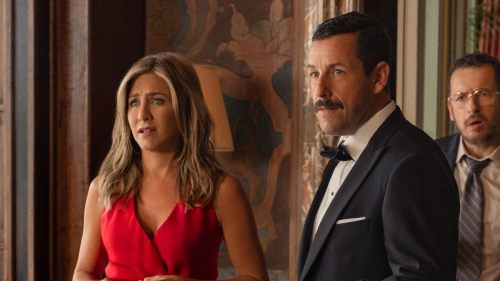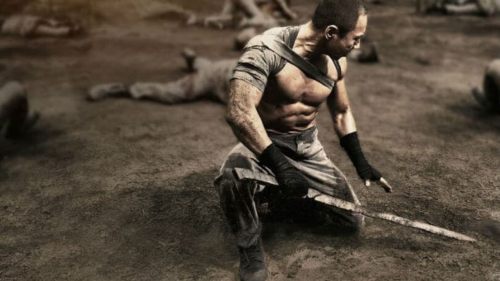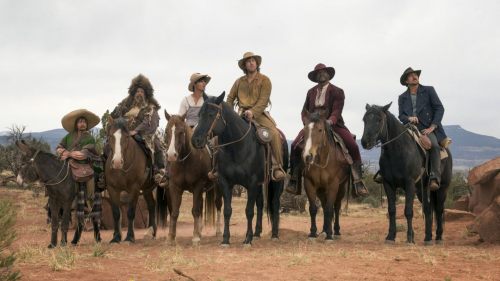From Teen Baddie To Wholesome Daddy: Steve Harrington’s Arc In STRANGER THINGS
Hawkins heartthrob Steve Harrington (played by Joe Keery) has gone from disposable side character and minor bad guy of season one to a core cast member and total fan favorite through one of the most well-written character arcs to come out of a show that is defined by its lovable characters. With a talent like Joe Keery behind the role, it’s easy to see why Netflix would want to keep him around. But what makes Steve’s transformation so interesting is the unique position that it holds in the social conversation. The cheeky entertainment commentator may easily try to write off Steve as a “White Boy of the Month” phenomenon, but in actuality Steve represents a contained but compelling reflection on how the status quo, and even good ole toxic masculinity, can be shaped and reformed for the better.
In season one, Steve is your garden-variety hottie and popular boy of Hawkins High School. He’s got the hair, he’s got the charm, and he can have any girl he wants. Steve also is the brief romantic interest of Nancy Wheeler (Natalia Dyer). Steve’s season one purpose is to be a catalyst in Nancy’s growing experience, from confused sexual experiences to surviving slut shaming. It looks like Steve is going to be the bad guy, douchebag character that we expect him to be.
However, by the end of season one, we learn that Steve uses his popularity as a shield to hide his insecurities and flaws. He’s not like the other popular kids, and being a jerk does not represent Steve’s authentic self. Steve is able to recognize and grapple with his own toxic masculinity by understanding the way it hurt someone he loved.
This trajectory of growth continues (in maximum overdrive) through season two. The attempt to patch his romantic relationship with Nancy ultimately fails and sets Steve on the path to become The Internet’s Boyfriend/Mother of the Year. Season two is where Steve actually grows and becomes more than just a secret softie, but a protector, playing both heroic fighter and mother hen to Dustin and the gang.
The story of a young man, insecure in his feelings and hiding behind bravado is nothing new. In Steve’s case, his growth is influenced so much by Nancy. It’s a delicious little twist on the very common narrative of how men shape the lives of women. When Steve first meets Nancy, and before Nancy has come into her own as an individual, he is every bit the stereotype we perceive him to be. Around the same time that Steve is grappling with his identity as “the jerk,” Nancy is maturing. Nancy stands up for herself, communicates in a collected and truthful way, and, in her own growing experience, drags him up to her level. This both gives Steve the opportunity to see her and the hurt his actions have caused, and prevents him from hiding behind that bravado. Seeing Steve embrace this new side of himself in season two and look beyond his love of Nancy and respect her boundaries is huge. It’s straight up wholesome.
Season Three presents another interesting twist in Steve’s development through the introduction of Robin (Maya Hawke). At first, Stranger Things teases out lingering feelings of insecurity in Steve. High school is over and he’s not the king of the playground. He’s coping with a considerably less cool station in life, slinging scoops in the mall. Predictably, we see chemistry between Steve and Robin and ask ourselves “Will they or won’t they?” while waiting for the inevitable hookup.
As it turns out, Robin is gay and her obsession with Steve wasn’t as a crush but as a rival. Robin finishes the work that Nancy began in season one, showing Steve a perspective beyond his fears and the social crutches of popularity and finally ridding him of those feelings of worthlessness. Robin guides Steve into actual adulthood.
In his own funny and surprisingly poignant way, Steve represents a perfect allegory of current cultural conversations and our ability to become sincere allies through understanding. Robin and Nancy, from within their own storylines, illustrate some major social issues and Steve is the “average viewer” processing this information and learning from it.



